Wondering what you should know before you move to Las Vegas? Beyond the slot machines, hotels, and dazzling neon lights, “Sin City” has a lot to offer. Chances are high you’ve experienced the party side of this city, but living in Las Vegas and visiting couldn’t be farther removed from one another. The sprawling city has plenty of ‘burbs and ‘hoods with affordable renting options that are within close proximity to good food, entertainment, and shopping destinations. Before you join the nearly 2 million people who call this world-famous city home, here are the things to know before moving to Las Vegas.
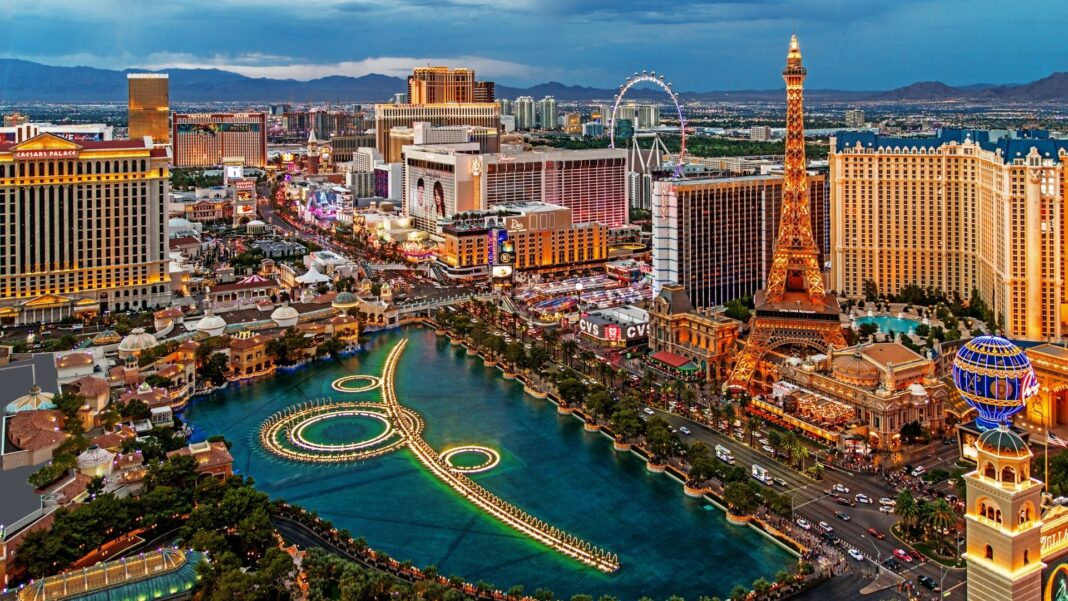
What to know about living in Las Vegas
- Life beyond The Strip
- Weather and climate
- Getting around
- Entertainment
- Sports
- Places to explore
- Job industry
- Cost of living
1. Life doesn’t just happen on The Strip
Technically, The Strip isn’t even in Vegas; it’s actually in Paradise, Nevada. So, before you pack up and start moving to Las Vegas because you think living here means hitting The Strip every night, let’s explain. While the four-mile Las Vegas Boulevard corridor is home to world-class food and top-notch entertainment, it’s also crowded, expensive, and filled with traffic. When living in Las Vegas, you’ll almost never visit the tourist trap (until all your friends decide to visit and crash on your couch). Instead, check out the restaurants and entertainment in areas like Summerlin, Downtown Vegas, and Town Square. Downtown Vegas is home to Fremont Street Experience, which offers everything from zip-lining to live music to dining, and the Downtown Container Park, an open-air shopping, dining, and entertainment area (made out of shipping containers) with a little something for everyone.
Contrary to its name, Nittaya’s Secret Kitchen is among the most popular spots in Summerlin. This upscale and chic Thai restaurant is known for its staples like Pad Thai and Panang Curry, but it also offers lesser-known dishes from Northern Thailand like Khao Soi. Speaking of upscale, the Summerlin area is also home to Marché Bacchus. The waterfront patio seating in this French wine bar and bistro is the perfect setting for enjoying foie gras and sipping on wines from their extensive wine selection.
2. Las Vegas has a subtropical hot desert climate
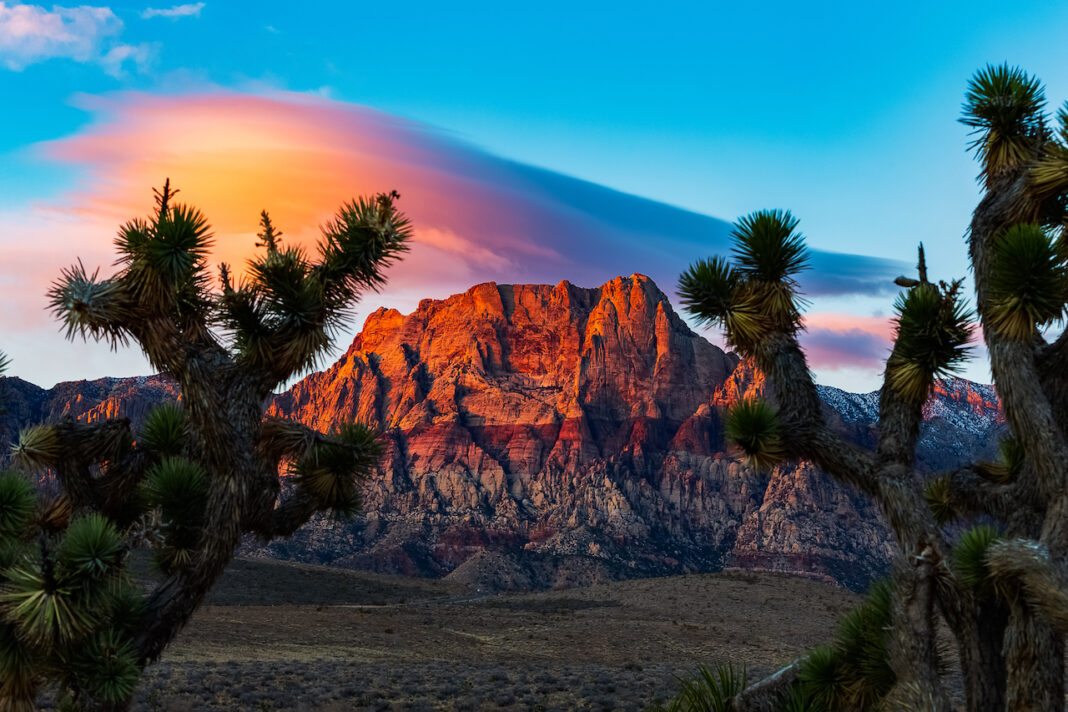
The Mojave desert is one dry, hot place. If you’re living in Las Vegas, most of the year you’ll be thankful for the 300+ days of sunshine. Without humidity, 120 degrees doesn’t feel like you might imagine. In the winter, the average daytime highs are in the low 60’s and high 50’s. If you didn’t grow up near a desert, you might not realize how chilly it gets at night. In fact, it’s not unusual for winter nighttime temps to hover around freezing, though it is very rare for it to snow.
3. How to get around Las Vegas
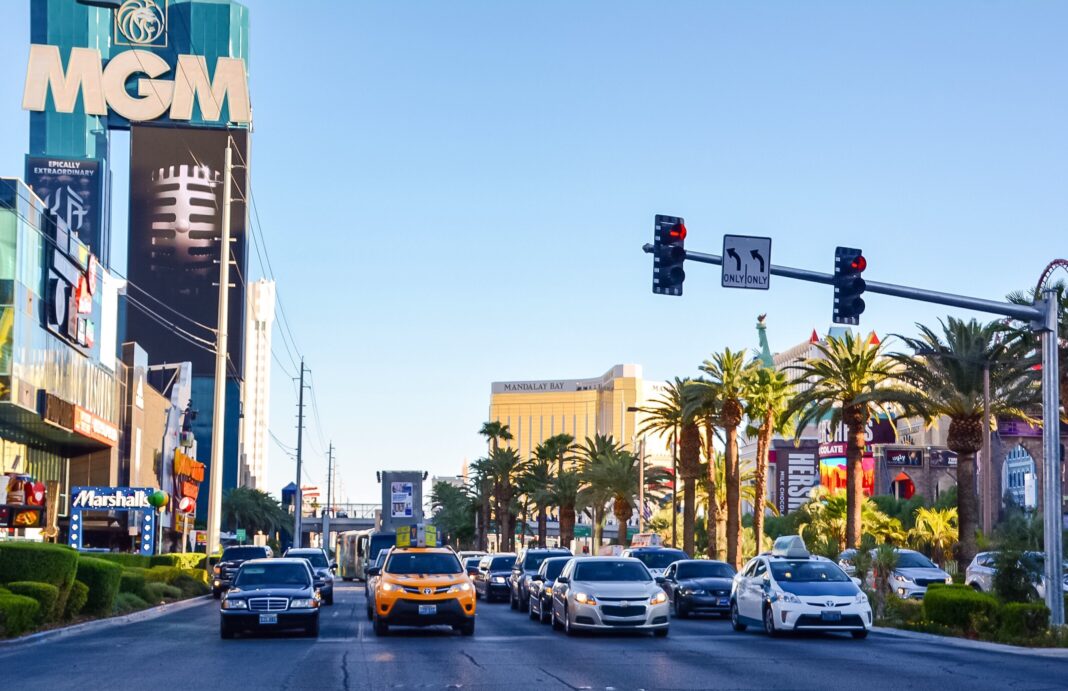
One of the most important things to know before moving to Las Vegas is how to get around this sprawling city. Outside the Strip and downtown areas, Las Vegas covers a vast suburban region. It’s about a 40-minute drive from one end of the city to the other, so you’ll need a car. Public transit is nothing to write home about, but the freeways and city streets are very easy to familiarize yourself with. The traffic pales in comparison to larger metros like Los Angeles and Houston, but there are still high congestion areas. The worst traffic in Vegas centers around the Strip, as well as the infamous “spaghetti junction”, a highway intersection near downtown.
*Hot tip: Park your car in the shade and invest in a windshield sunshade to keep your car cool while you’re out and about.
4. What to do in Las Vegas as a resident (not a visitor)
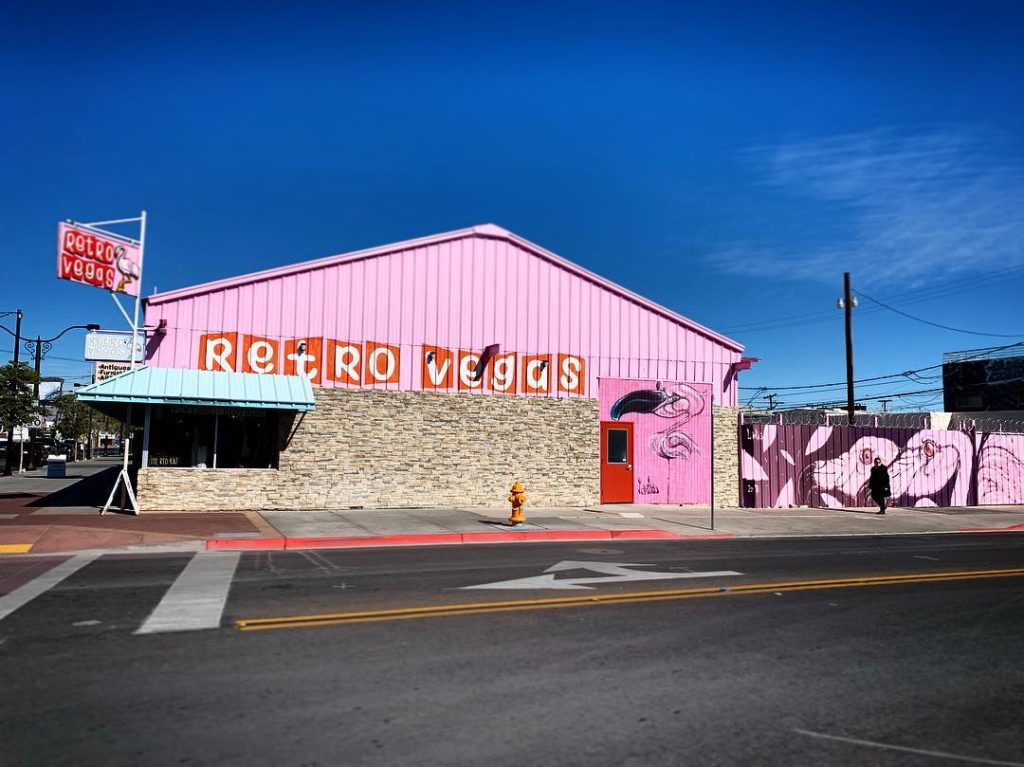
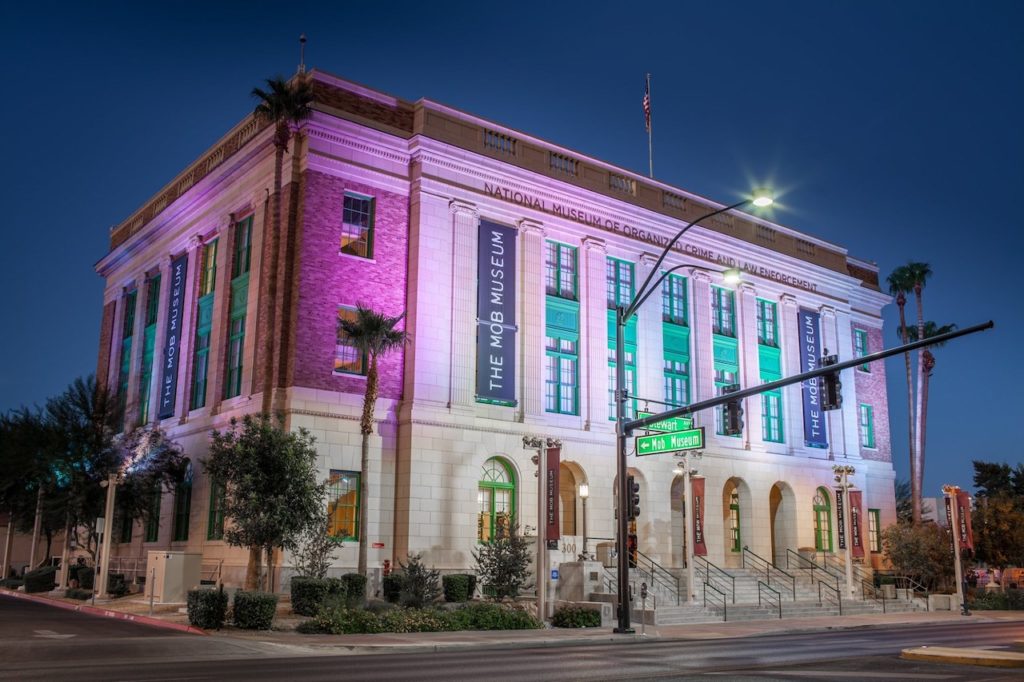
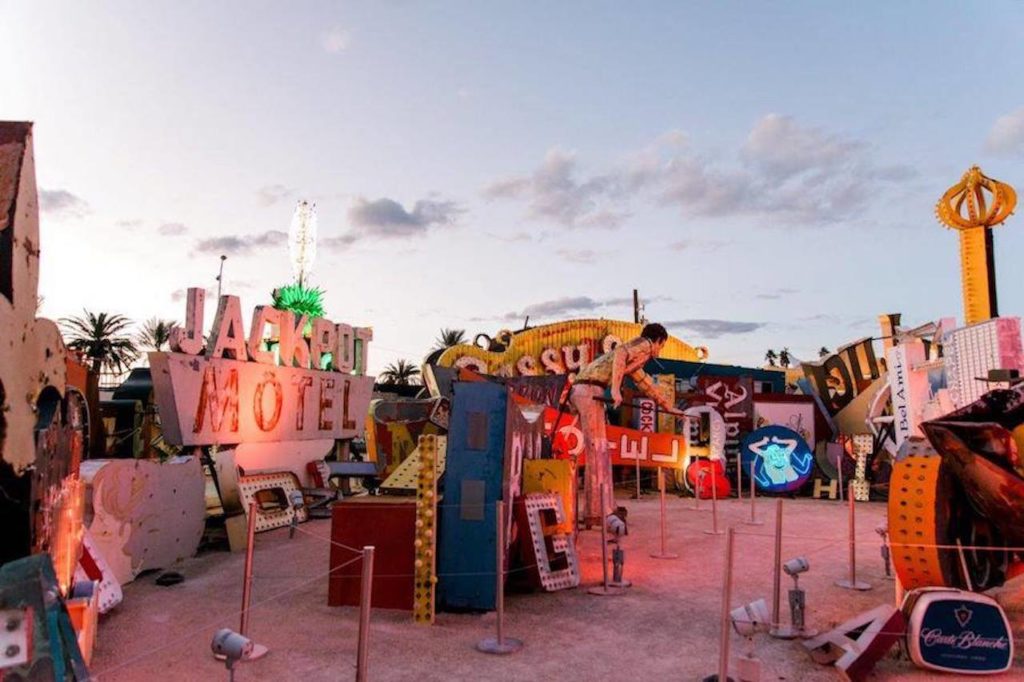
Almost every tourist spot has locals-only deals. But, living in Las Vegas means you’re a resident, and residents can score tickets to a plethora of amazing shows whenever they want. “The Entertainment Capital of the World” also boasts cultural venues locals love. The new art deco Smith Center, The Neon Museum (which houses signs from Las Vegas’s mid-20th-century heyday), The Mob Museum, Burlesque Hall of Fame, Las Vegas Natural History Museum, the DISCOVERY Children’s Museum, and the Downtown Arts District are all worth a visit. For more, check out our more comprehensive moving guide to Las Vegas.
5. Sports fans will find plenty to do in Las Vegas

If you’re a sports enthusiast who is moving to Las Vegas, you’ll feel right at home. With 70+ golf courses, it’s worthwhile to invest in lessons unless your handicap is in the single digits. Aside from actually playing sports, “gaming” and spectator sports are the name of the game in Vegas. Catch the home NHL team, the Vegas Golden Knights in action at the T-Mobile Arena, and the WNBA’ Las Vegas Aces at the Mandalay Bay Events Center. The NFL’s Raiders have officially moved to Las Vegas, bringing football to the city for the first time ever. Not into any of these options? There’s always the World Series of Bowling and the city’s unofficial official sport: poker.
6. There’s so much to explore outside the city limits

The stunning Valley of Fire State Park and the majestic Red Rock Canyon National Conservation Area offer hiking with incredible views, just minutes out of town. You can also hike or participate in water sports at Lake Mead National Recreation Area. Make the 30-minute drive to Mt. Charleston ski resort to escape the valley’s summer heat and mountain bike, hike, horseback ride, or ski. Or, head down to Boulder City for more of a small-town feel. Drive out to the Grand Canyon, Hoover Dam, LA, or Utah in under a handful of hours. Flying is super easy, too; since Vegas attracts so many visitors, flights are abundant and cheap. The world is your oyster.
7. Working in Las Vegas

Before moving to Las Vegas, you should know about the economy and local industry. In 2016, 44 percent of the total Southern Nevada workforce was supported by tourism. Hospitality gigs are a dime a dozen, and lucrative too—bartenders can make up to $100k annually! Nevada has no state income tax, so it’s a great place for entrepreneurs too. Job creators will find that it’s one of the easiest places in the country to open a business—lots of companies have taken advantage of the favorable tax situation and moved to Vegas recently. Online retailer Zappos is headquartered in downtown Las Vegas, and founder Tony Hseih invested $350 million directly into downtown’s revitalization.
8. Cost of living in Las Vegas
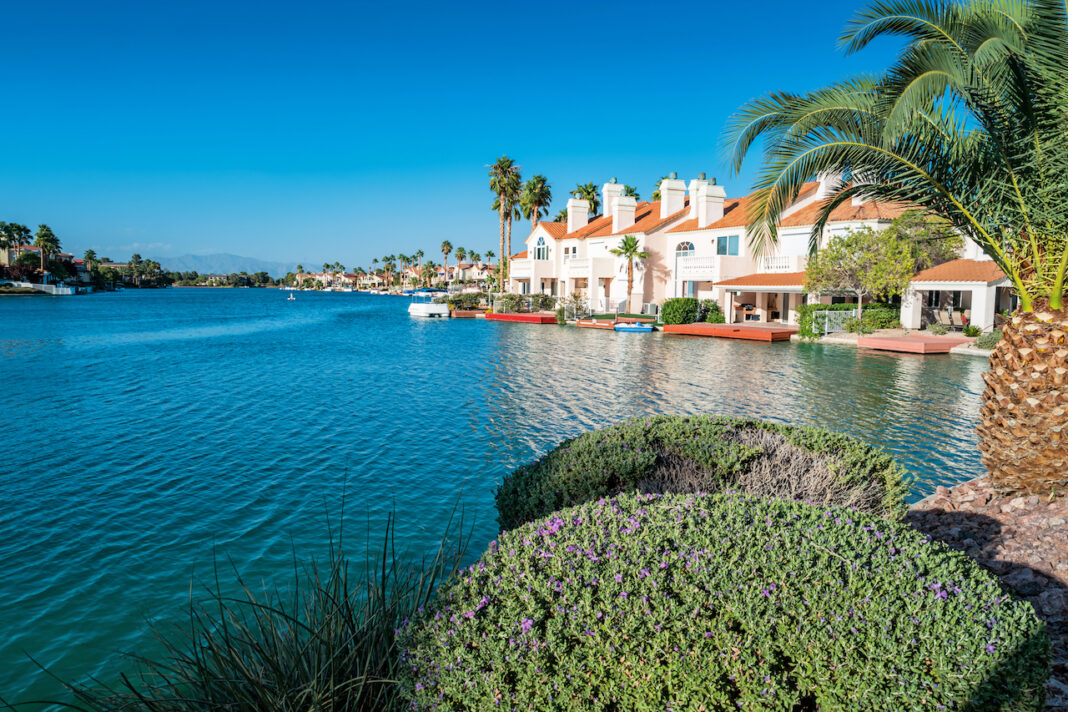
If you’re picking up your life and moving to a new place, you should know about the cost of living, and in Las Vegas, everything from groceries to rent prices is surprisingly affordable for a major city, comparatively speaking. The current median rent for a one-bedroom apartment is $1,240, and your money will go far in terms of what type of housing you can get. Check out our extensive Las Vegas neighborhood guide to see which one works for you. Houses, condos, and townhouses are among the different styles of rentals in Vegas.
Frequently asked questions about living in Las Vegas
Living in Las Vegas can be affordable compared to many other big cities in the US, but it ultimately depends on your lifestyle and income. The cost of living in Las Vegas is lower than cities like New York, San Francisco, or Los Angeles, but higher than the national average. Housing and transportation costs tend to be reasonable, but the price of utilities, groceries, and healthcare may be higher than expected. Overall, it’s possible to live comfortably in Las Vegas with a modest income, but it’s important to budget wisely and research housing options thoroughly.
The best neighborhoods in Las Vegas depend on your priorities. Some popular options are Henderson, Paradise Hills, and Summerlin.
Las Vegas is one of only nine states that has no state income tax, so your take-home pay will be slightly higher than in states with income tax. The sales tax in Nevada is 4.6%, and the Clark County sales tax is 3.78%, making the total sales tax 8.38%.
As of 2021 the population of Las Vegas was 646,790.
The average salary in Las Vegas is around $18 per hour, or $37,000 annually. Service and hospitality are a common employment options in Las Vegas do to the influx of tourists as a popular vacation destination.
Las Vegas has a desert climate, which means that it’s hot and dry for most of the year, with mild winters. Summers can be scorching, with temperatures often exceeding 100 degrees Fahrenheit (38 Celsius), while winters are usually mild with daytime temperatures in the 50s and 60s Fahrenheit (10-20 Celsius). There is very little rain, and snow is extremely rare in Las Vegas, making it an ideal location for those who love sunny weather.
Las Vegas is known for its tourism and entertainment industry, which provides many job opportunities in areas such as hospitality, gaming, and nightlife. The city is also home to several major employers in healthcare, technology, and manufacturing. While the job market can be competitive, there are often openings available in a variety of fields. It’s important to research potential employers and industries before moving to Las Vegas to ensure that your skills and qualifications are in demand.
While Las Vegas is famous for its casinos, there are plenty of other activities and attractions to enjoy. The city is home to world-class shopping, dining, and entertainment, with many theaters, museums, and galleries to explore. Outdoor enthusiasts can take advantage of the nearby Red Rock Canyon National Conservation Area, which offers hiking, rock climbing, and scenic drives. The city also hosts numerous festivals and events throughout the year, including the Electric Daisy Carnival music festival, the Las Vegas Food & Wine Festival, and the Life is Beautiful art and music festival.
Whatever your vice is, living in Las Vegas will satisfy it. With incredible food options, entertainment, and outdoor recreation, the only thing left to do is find a place to live. Search thousands of apartments on Zumper and call yourself a Las Vegas local.



